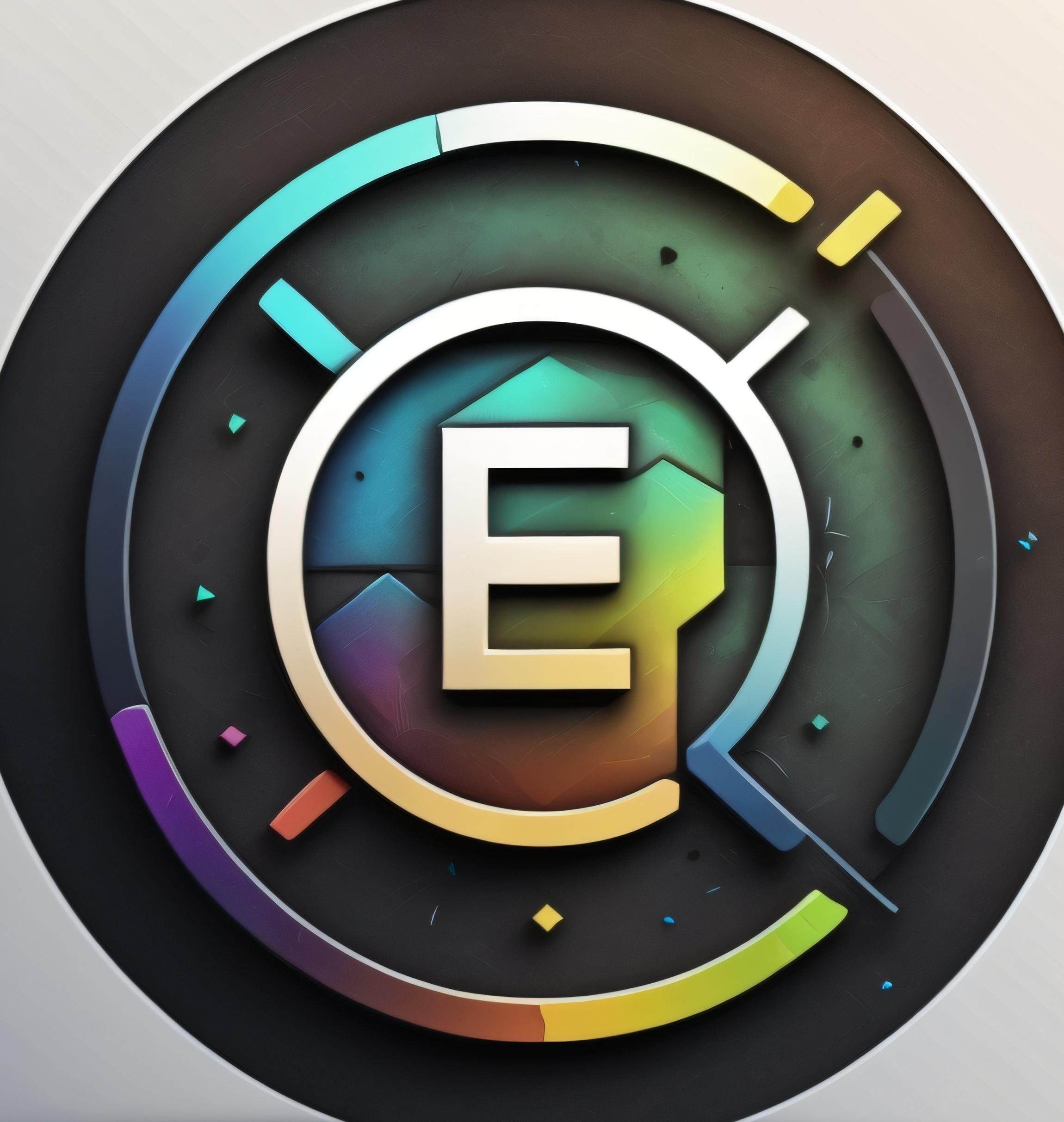When removing a torrent with “Also remove the content files” instead of deleting the files it moves to .Trash-ID, even on headless/docker systems.
Set to delete files: Settings -> Advanced -> Torrent content removing mode: Delete files permanently
Issue https://github.com/qbittorrent/qBittorrent/issues/21497
PS: There’s a pull request to revert back to delete https://github.com/qbittorrent/qBittorrent/pull/21528
Good to know, thanks
Thanks for letting me know, I just updated to v5 yesterday.
Do I have to manually delete the trash files after changing the setting?
Yes, if you’re using a system package check the root of your drive (
/mnt/sdb/.Trash-1000), if it’s docker (e.g.-v /path/to/downloads:/downloads) should be/path/to/downloads:/downloads/.Trash-$PIDAwesome. Thanks!
you could always symlink .Trash to /dev/null if you don’t care about potential accidents
It drives me nuts when Linux applications do this. Delete features should be analogous to
rm, simple as that.KDE recently added an “extract and delete archive” context menu option and it’s absolutely useless because it moves the archive to the Trash folder
You apparently have little interaction with regular users because one of the top problems a non-power user has is “oops I accidentally hit delete on this important file I don’t have a backup of”.
Not saying qbittorrent-nox of all things switching makes a ton of sense but at least for desktop applications there is a very good reason why deleting things becomes a two step process.
Graphical applications should definitely do this, it’s rather easy to hit delete accidentally but in CLI? I wanna see a cat type
rmand some valid parameters, so if the user typed the whole command out it should probably do just the one exact (destructive) thing.







